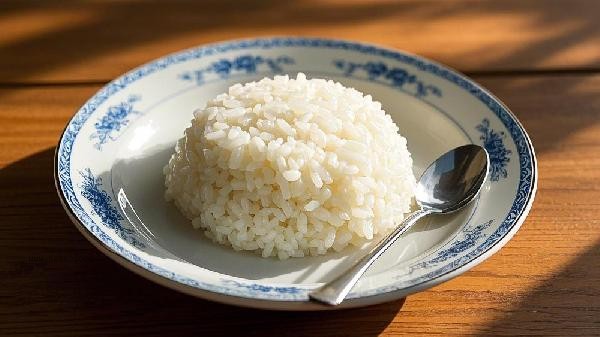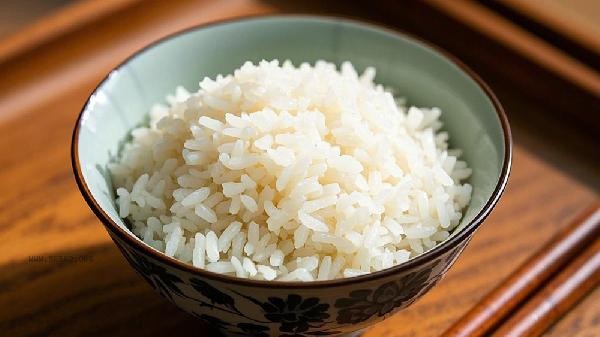Long term non consumption of rice may lead to insufficient energy supply, blood sugar fluctuations, and partial nutrient deficiencies, but reasonable substitution of staple foods usually does not have a significant impact on health. Rice, as the main staple food, mainly provides carbohydrates. Long term deficiency may lead to increased risk of hypoglycemia, insufficient intake of B vitamins, decreased dietary fiber, increased probability of muscle loss, and changes in metabolic adaptability.

1. Low blood sugar risk
Carbohydrates are the main energy source for the brain and muscles. When not eating rice at all and not replacing it with other staple foods, low blood sugar reactions such as dizziness and fatigue may occur. It is recommended to use whole grains or potatoes as substitutes, such as oats, sweet potatoes, and other slow-release carbohydrates, to help maintain blood sugar stability.
2. Deficiency of B vitamins
Rice is rich in nutrients such as vitamin B1 and B2, and long-term deficiency may lead to beriberi or angular stomatitis. It can be supplemented by consuming brown rice, mixed beans, or animal liver. When replacing whole grains, it is recommended to retain some grains to obtain more nutrients.
3. Insufficient dietary fiber
Refined rice has a lower dietary fiber content, but completely avoiding grains may exacerbate the lack of fiber intake. It is recommended to pair with high fiber foods such as broccoli and chia seeds, with a daily intake of no less than 25 grams to maintain intestinal function.

4. Effects on muscle metabolism
A very low carbohydrate diet may promote muscle breakdown for energy supply, and individuals who exercise should ensure a daily intake of at least 3 grams of carbohydrates per kilogram of body weight. supplementing with carbon and water sources such as bananas and quinoa after exercise can be used to protect muscle tissue.
5. Metabolic adaptation changes
Long term low-carbon water diet may trigger ketone metabolism, and special populations such as pregnant women need to be cautious. It is suggested to adopt gradual adjustment, cooperate with blood glucose monitoring, and diabetes patients should adjust the staple food structure under the guidance of doctors. When adjusting the staple food structure, attention should be paid to nutritional balance, and replacing refined grains with whole grains can enhance nutritional value. Suggest pairing with high-quality protein such as fish and soy products, while increasing the intake of dark vegetables. People who exercise can appropriately increase the carbon water ratio to 50% -60% of total calories, and middle-aged and elderly people need to pay attention to changes in blood sugar and blood lipids. If there is persistent fatigue or digestive abnormalities, timely medical evaluation of nutritional status should be sought.









Comments (0)
Leave a Comment
No comments yet
Be the first to share your thoughts!